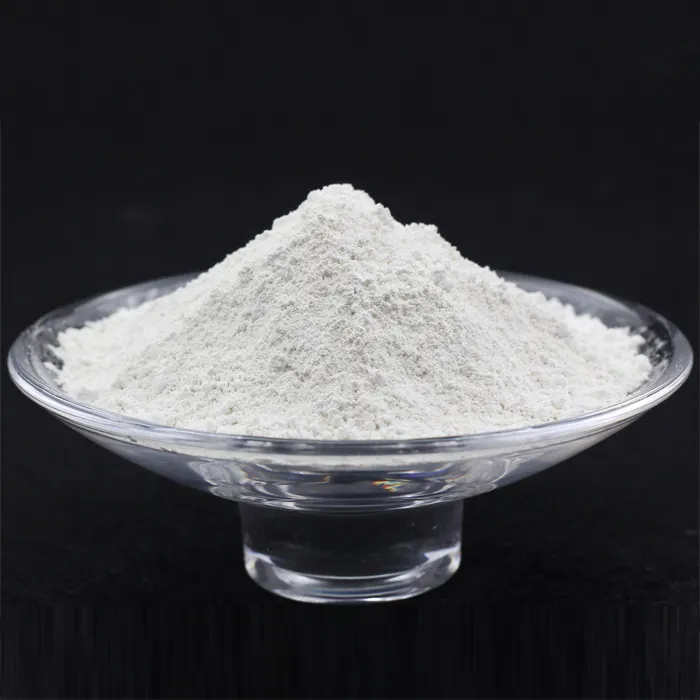Chemical Dosing for Water Treatment A Comprehensive Overview
Water is an indispensable resource that sustains life, industry, and ecosystems. However, as populations grow and industrial activities expand, the demand for clean and safe water intensifies. Chemical dosing has emerged as a vital process in water treatment, enhancing the quality of drinking water, wastewater, and industrial water systems. This article will provide an overview of chemical dosing, its significance in water treatment, and the various chemicals commonly used.
Understanding Chemical Dosing
Chemical dosing involves the precise addition of chemicals to water at specific intervals and concentrations to achieve desired treatment outcomes. The primary goals of chemical dosing in water treatment include disinfection, coagulation, flocculation, pH adjustment, and nutrient removal. The process ensures that water meets safety standards and is free from contaminants that can pose health risks.
Importance of Chemical Dosing
1. Disinfection One of the most critical aspects of water treatment is disinfection, which eliminates harmful pathogens. Chlorine, ozone, and ultraviolet (UV) light are commonly employed disinfectants. Chlorine, for instance, is widely used because it effectively kills bacteria and viruses, making water safe for human consumption. However, it is essential to balance chlorine levels to avoid the formation of harmful byproducts.
2. Coagulation and Flocculation These processes are essential for removing suspended particles from water. Coagulants such as aluminum sulfate (alum) are added to destabilize particles, allowing them to clump together and form larger aggregates called flocs. Once flocs are formed, they can be easily removed through sedimentation or filtration, resulting in clearer water.
3. pH Adjustment Water pH plays a significant role in the effectiveness of treatment processes. Chemicals like sulfuric acid or sodium hydroxide are used to adjust pH levels. Maintaining optimal pH is crucial for maximizing the efficacy of disinfection chemicals and for preventing corrosion in pipes and fittings.
4. Nutrient Removal In wastewater treatment, controlling nutrient levels—specifically nitrogen and phosphorus—is essential to prevent eutrophication in water bodies. Chemicals such as ferric chloride or aluminum sulfate are used to precipitate these nutrients, facilitating their removal during the treatment process.
Factors Influencing Chemical Dosing
chemical dosing for water treatment

Several factors can affect how chemicals are dosed during water treatment
- Water Quality The initial quality of the water source will determine the necessary treatment processes and chemical types. For instance, water with high levels of organic matter may require more significant chemical dosing for effective disinfection and coagulation.
- Treatment Goals Different treatment objectives (e
.g., producing potable water versus treating industrial wastewater) dictate the type and volume of chemicals needed.- Regulatory Standards Water treatment facilities must comply with local and international regulations governing water quality. These standards influence chemical dosing practices to ensure safety and effectiveness.
- Environmental Impact Increasing awareness of environmental sustainability has led to the exploration of alternative, less harmful chemicals and dosing techniques. This includes using biocides or environmentally friendly coagulants to minimize ecological impact.
Challenges in Chemical Dosing
While chemical dosing is integral to water treatment, it is not without challenges. Overdosing can lead to chemical residues in the treated water, posing health risks to consumers. Conversely, underdosing may result in ineffective treatment, allowing pathogens or contaminants to persist. Hence, precise measurement and monitoring of chemical dosages are crucial.
Additionally, there is a growing emphasis on automation and control systems to optimize chemical dosing processes. Advanced sensors and algorithms can facilitate real-time adjustments, enhancing treatment efficiency and safety.
Conclusion
Chemical dosing is a cornerstone of modern water treatment practices. Its role in ensuring the safety and quality of water cannot be overstated. As challenges related to water scarcity and pollution continue to evolve, advancements in chemical dosing technologies and techniques will play a crucial part in providing sustainable solutions for water treatment. By understanding the principles and practices of chemical dosing, we can better appreciate the effort and science that go into making our water safe and accessible for all.

